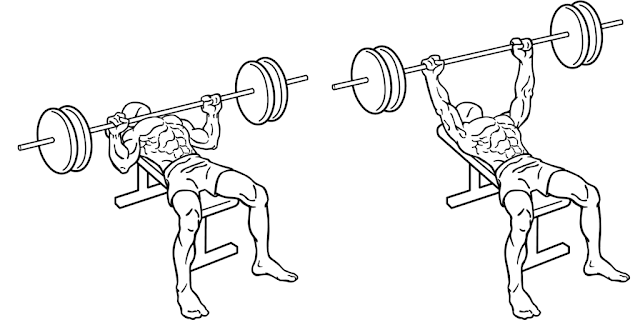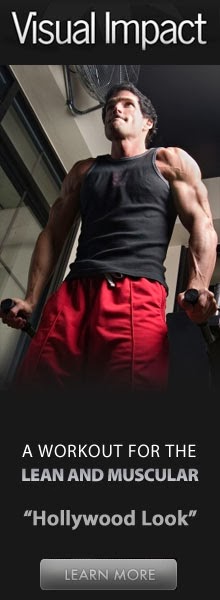While doing heavy lifts we should be careful whether the joints can handle the pressure of the weights we are lifting.
For that focusing on joint strength is as important as focusing on muscle gain and fat loss......
In many of cases showed that strong joints leads you to safer and faster results while doing workouts.So the strengthening of joints is also became vital now.
Benefits of strengthening of joints
Tips for improving joint strength
The basics exercises which really improves your joints strength are as follows.....
0-1 year - 400 IU/day
1-70 years - 600 IU/day
Over 70 years - 800 IU/day
Foods list
Follow the tips make your joints stronger.
by maulaana akbar
For that focusing on joint strength is as important as focusing on muscle gain and fat loss......
In many of cases showed that strong joints leads you to safer and faster results while doing workouts.So the strengthening of joints is also became vital now.
Benefits of strengthening of joints
- Good Control over the weights while training.
- Prevents from the risk of injuries during workouts.
- Helps in increasing the bone density.
- Provides greater stamina, helps to workout for long time.
- Improvement in overall performance.
- Reduces body fat.
- Get rid of insomnia.
Tips for improving joint strength
The basics exercises which really improves your joints strength are as follows.....
- Swimming
- Jogging
- Cycling
- Stretching exercises
- Aerobic exercises
- Range of motion exercises
- Core training exercise
Note : While doing heavy lifts use wrist bands, knee and elbow bands for more resistance and protection of joints.
Foods Which helps in improving joints strength
The calcium and vitamin D plays a vital role in joints strengthening. The regular intake of foods which are rich in calcium and vitamin D.
For example milk contains more calcium, By adding milk to your regular diet helps in aiding weak bones.The stronger bones leads to stronger joints.
Calcium intake
Children (1-3 years old) - 700 mg /per day.
Children (4-8 years old) - 1000 mg/per day.
Adolescent (9-18 years old) - 1300 mg/per day.
Women younger than 51 and men up to age 70 should get 1,000 mg per day.
Women 51 to 70 should get 1,200 mg/day.
Women and men 71 and over should get 1,200 mg per day.
Calcium intake
Children (1-3 years old) - 700 mg /per day.
Children (4-8 years old) - 1000 mg/per day.
Adolescent (9-18 years old) - 1300 mg/per day.
Women younger than 51 and men up to age 70 should get 1,000 mg per day.
Women 51 to 70 should get 1,200 mg/day.
Women and men 71 and over should get 1,200 mg per day.
In fact sunlight is rich in Vitamin D. Have a walk on early morning sunlight helps in producing Vitamin D.
Vitamin D intake
Vitamin D intake
0-1 year - 400 IU/day
1-70 years - 600 IU/day
Over 70 years - 800 IU/day
Foods list
- Milk
- Yogurt
- Supplements
- Eggs
- Greens
- Beans
- Fish
- Fortified cereals
- Oysters
- Mushrooms
- soy protein
- tuna
- salmon
- orange juice
- Oats
- Cottage cheese
- Almond
- Broccoli
Follow the tips make your joints stronger.
by maulaana akbar

















































